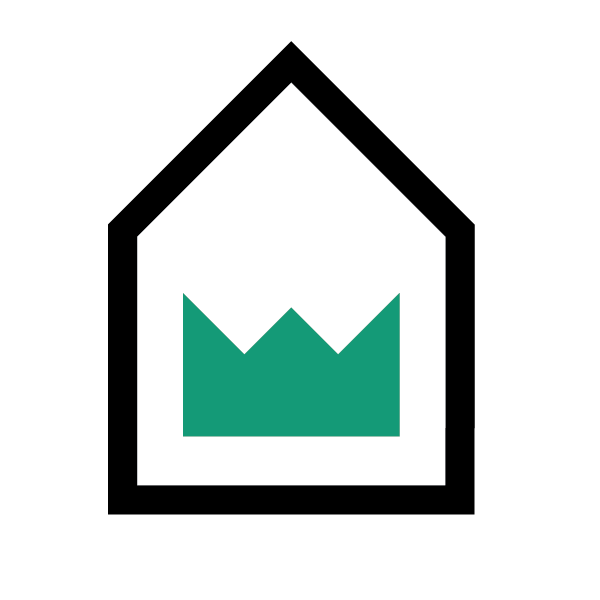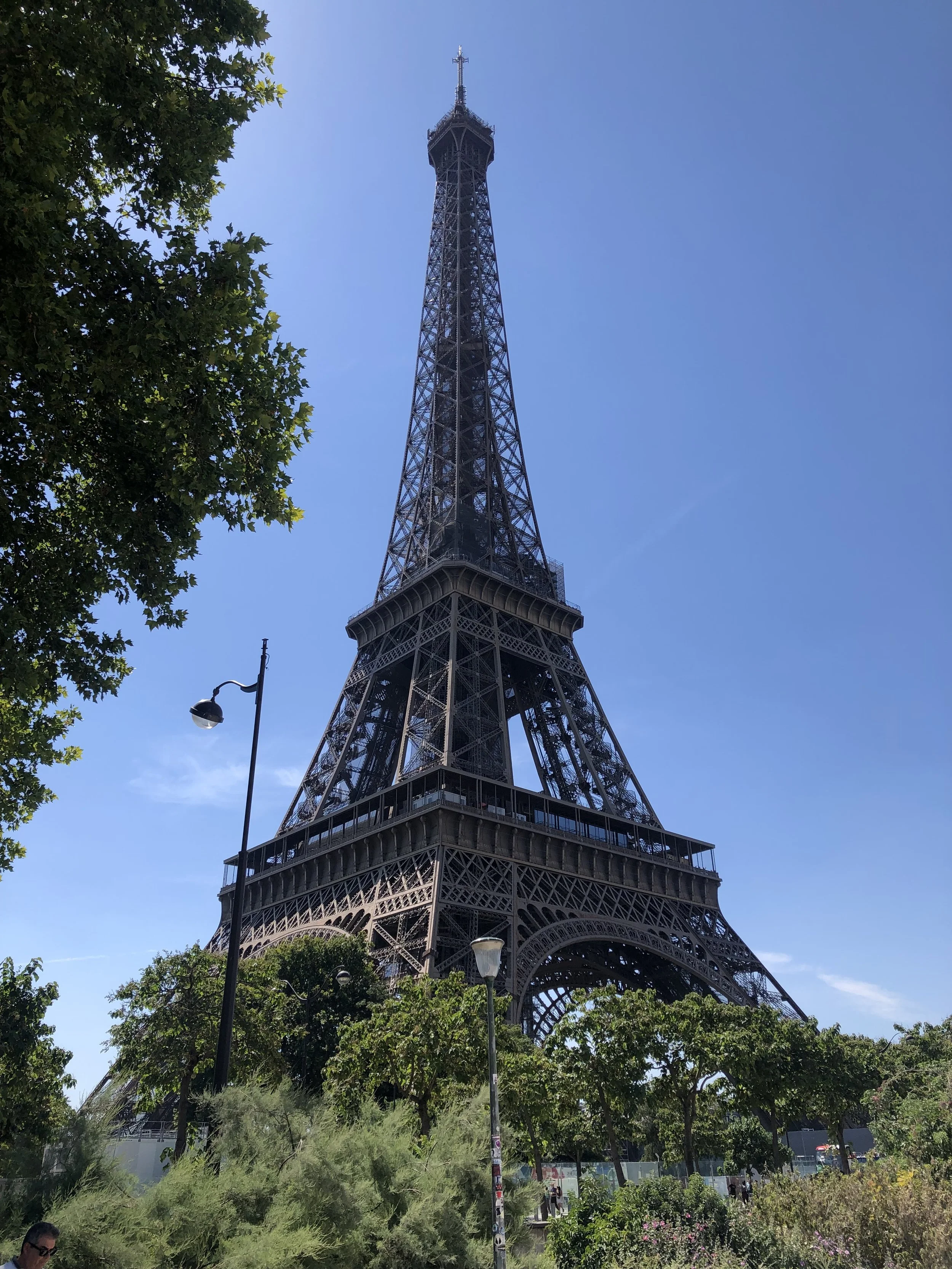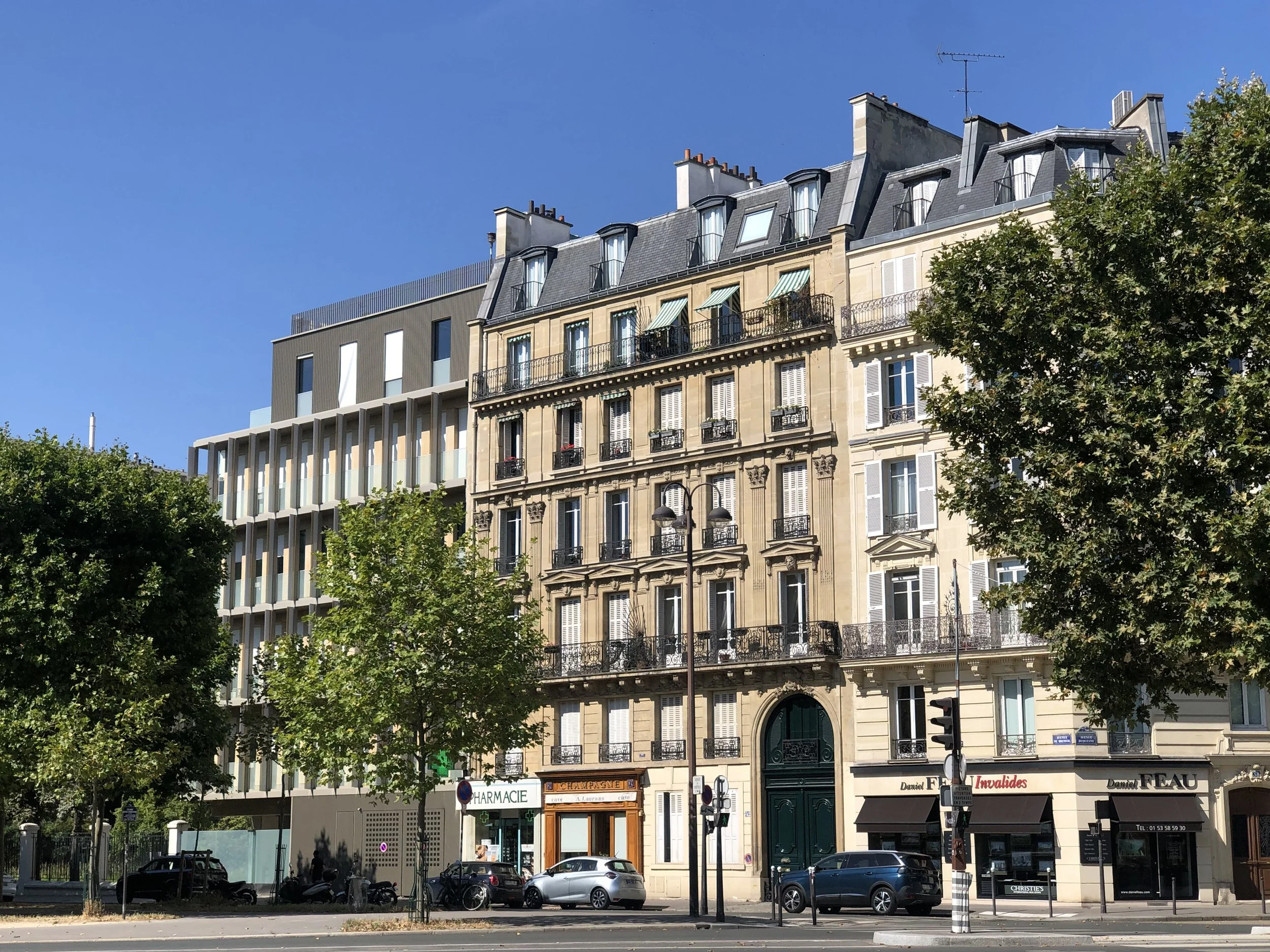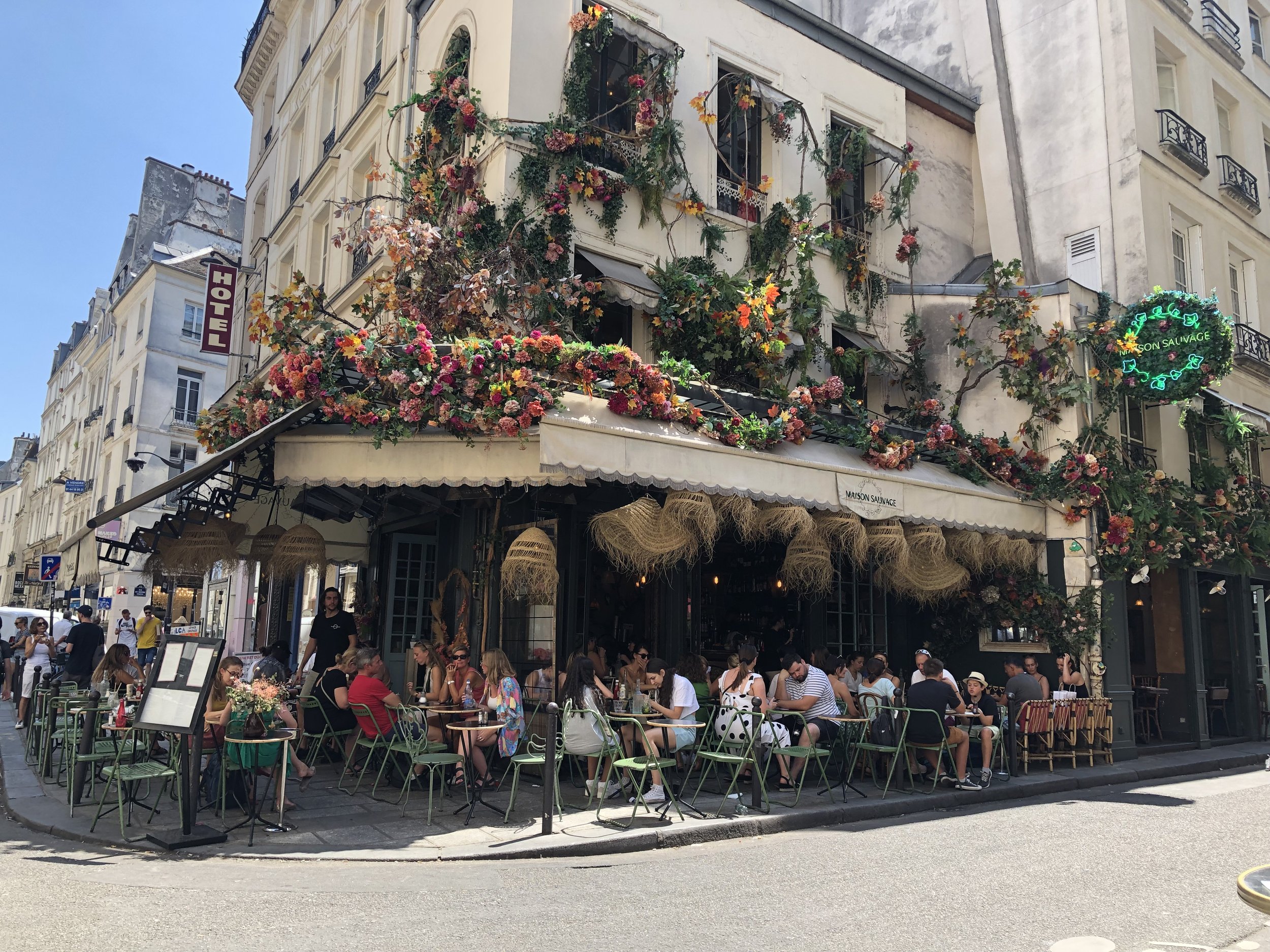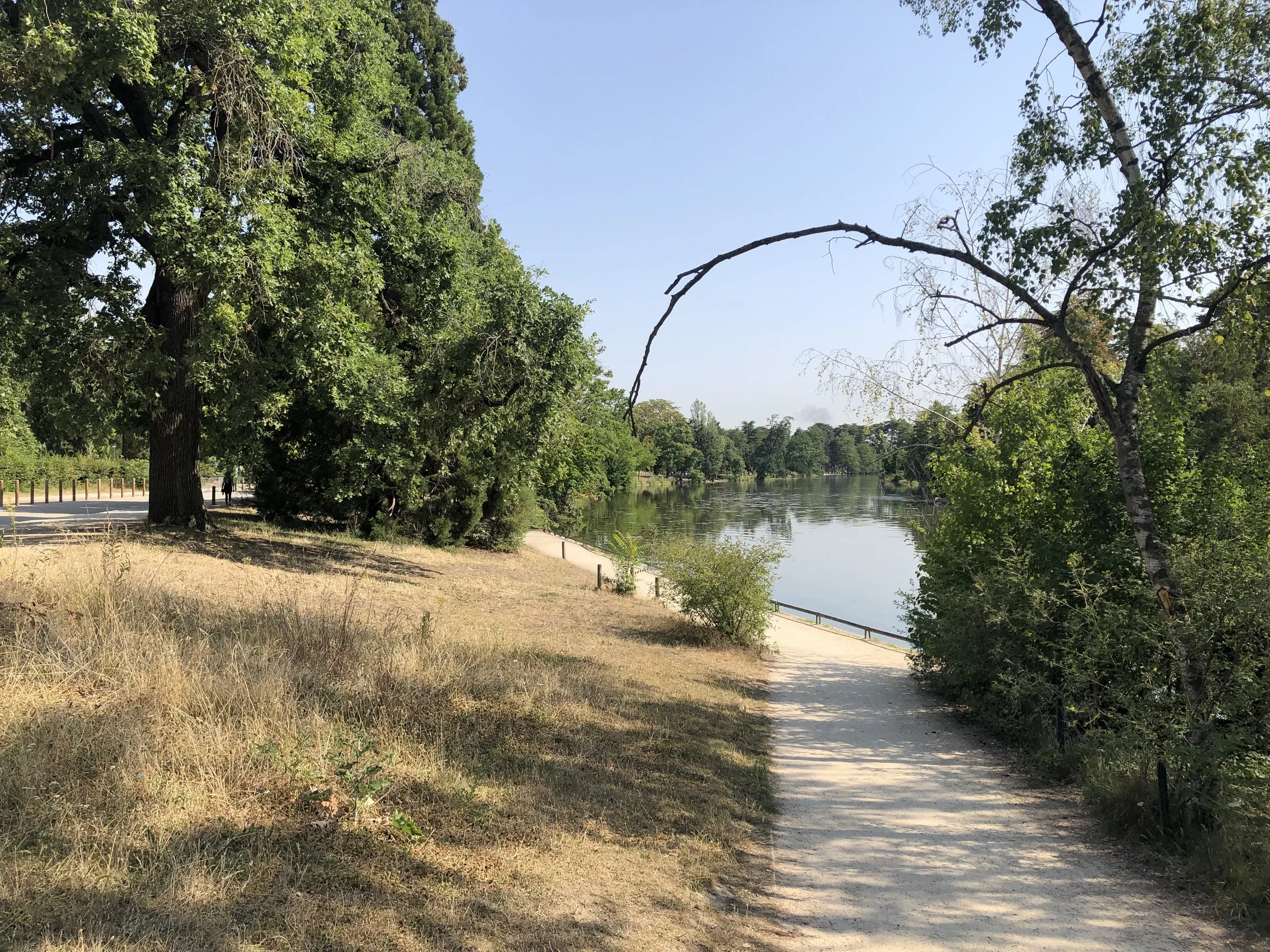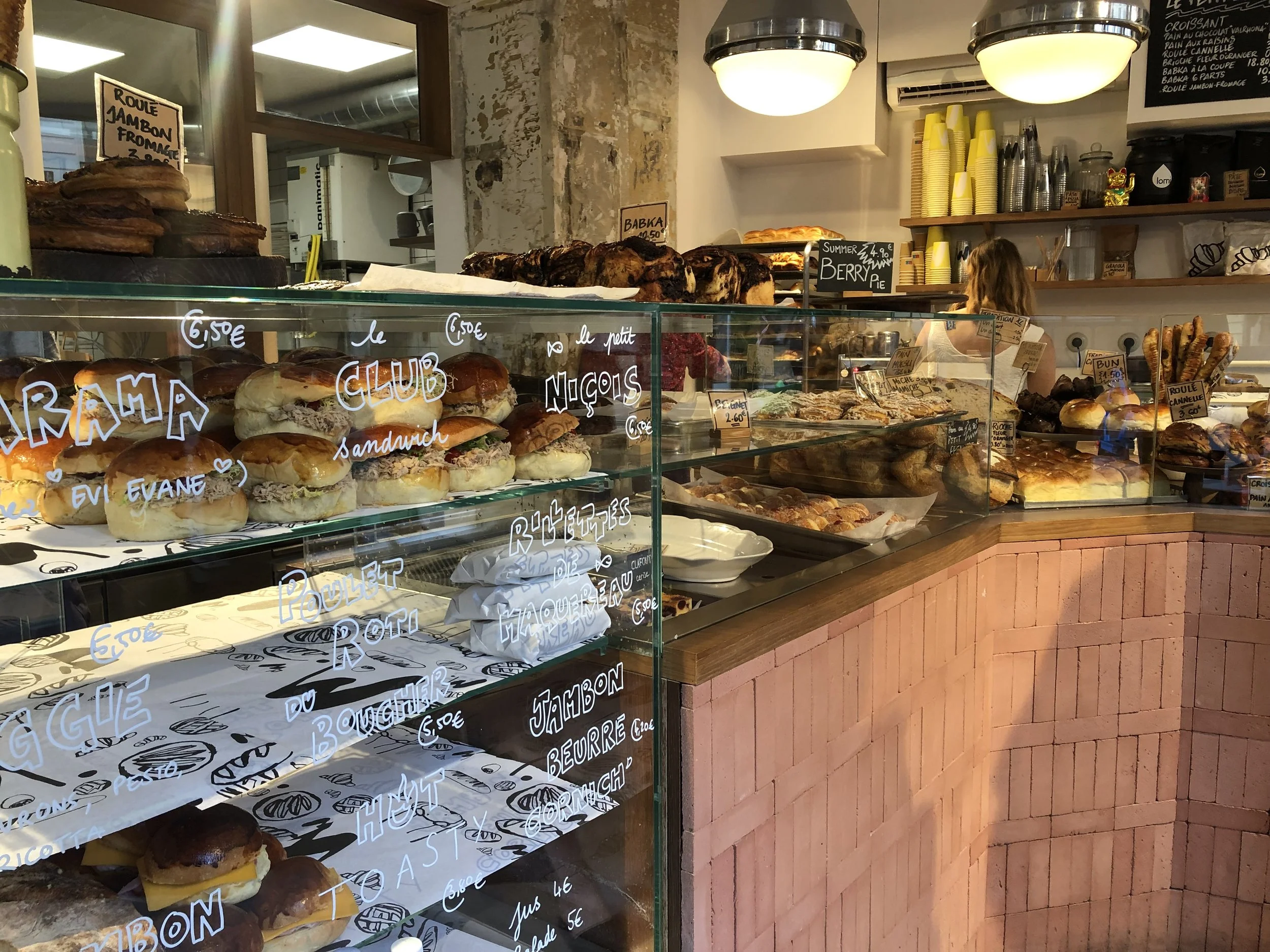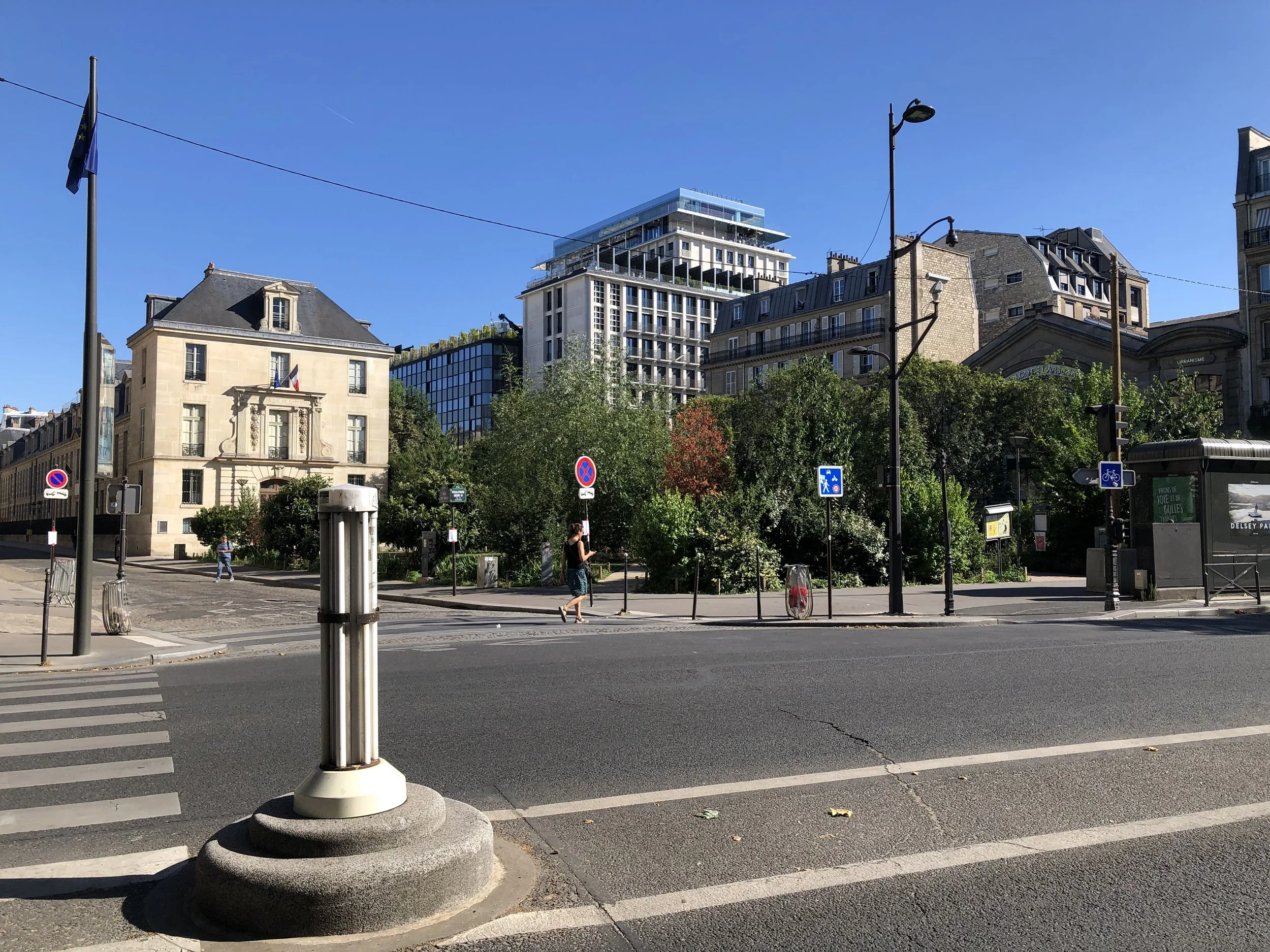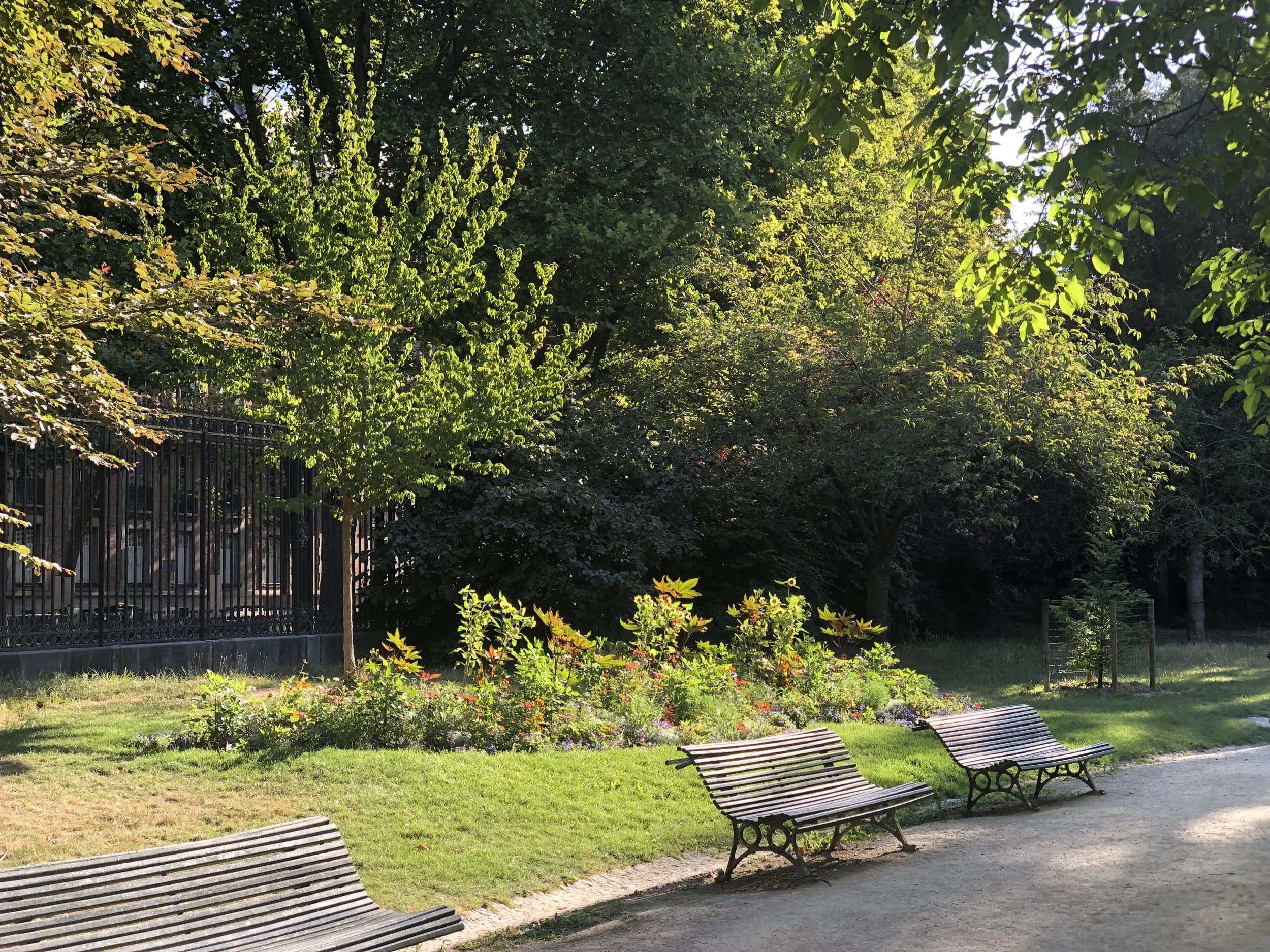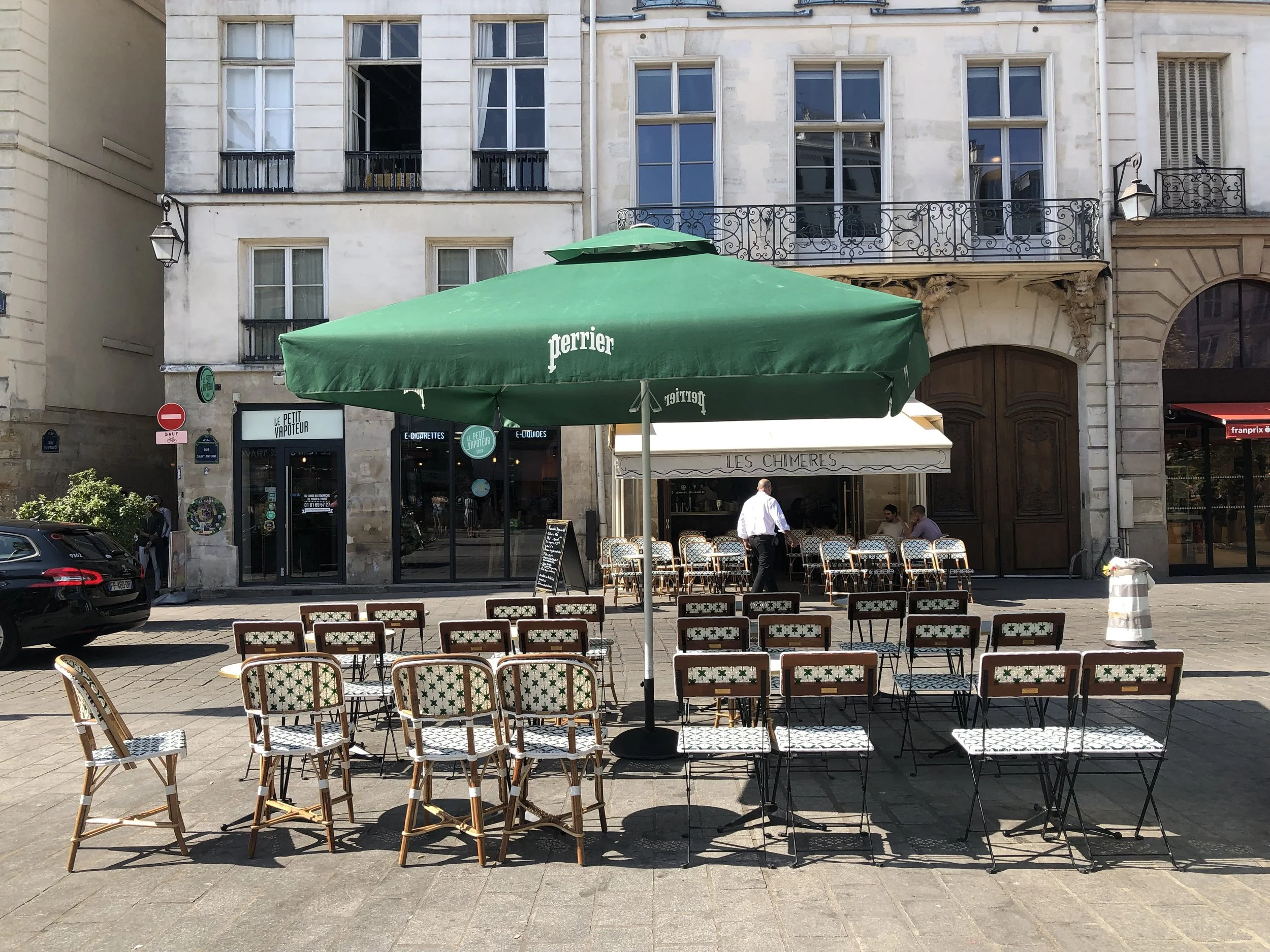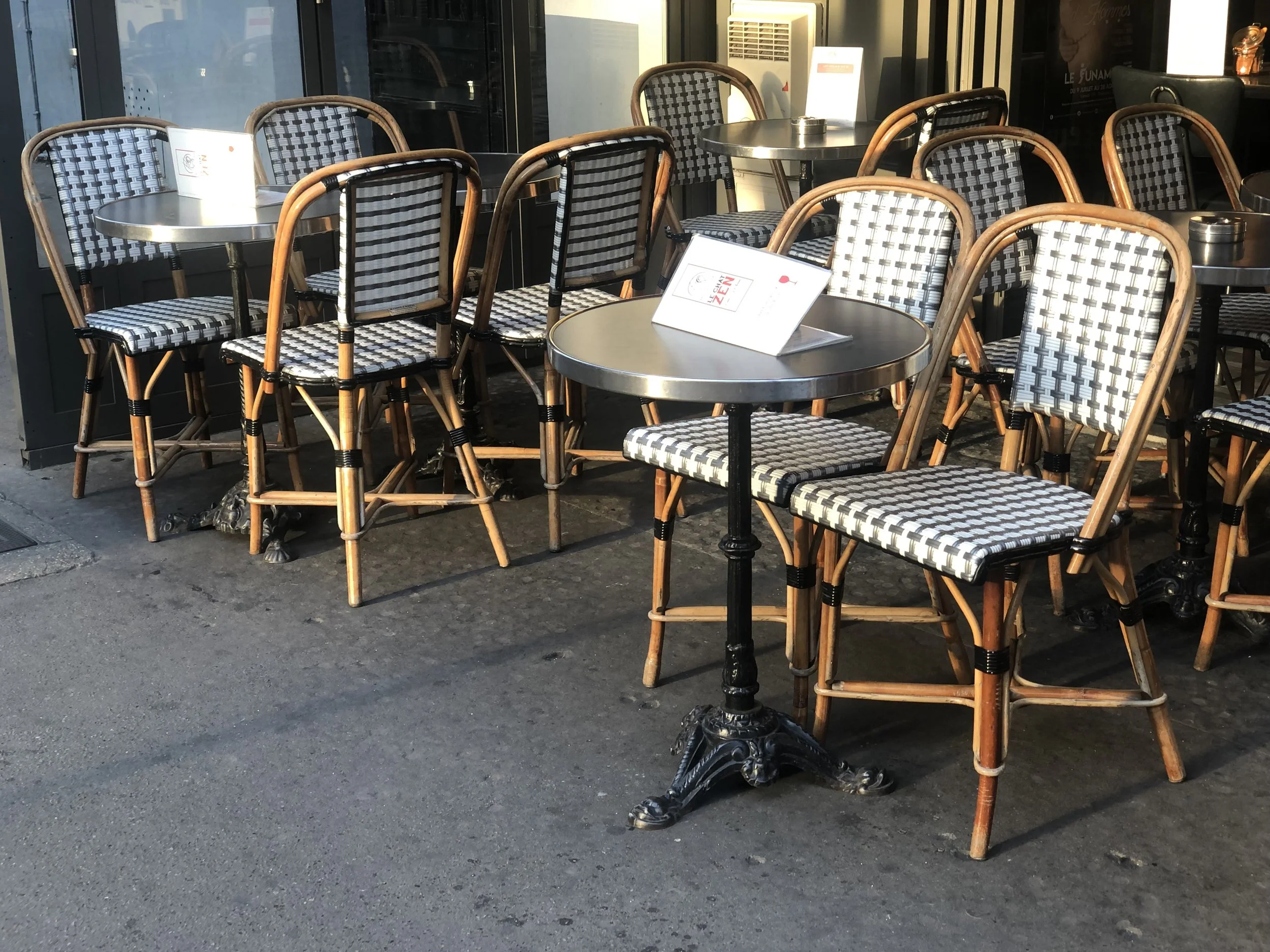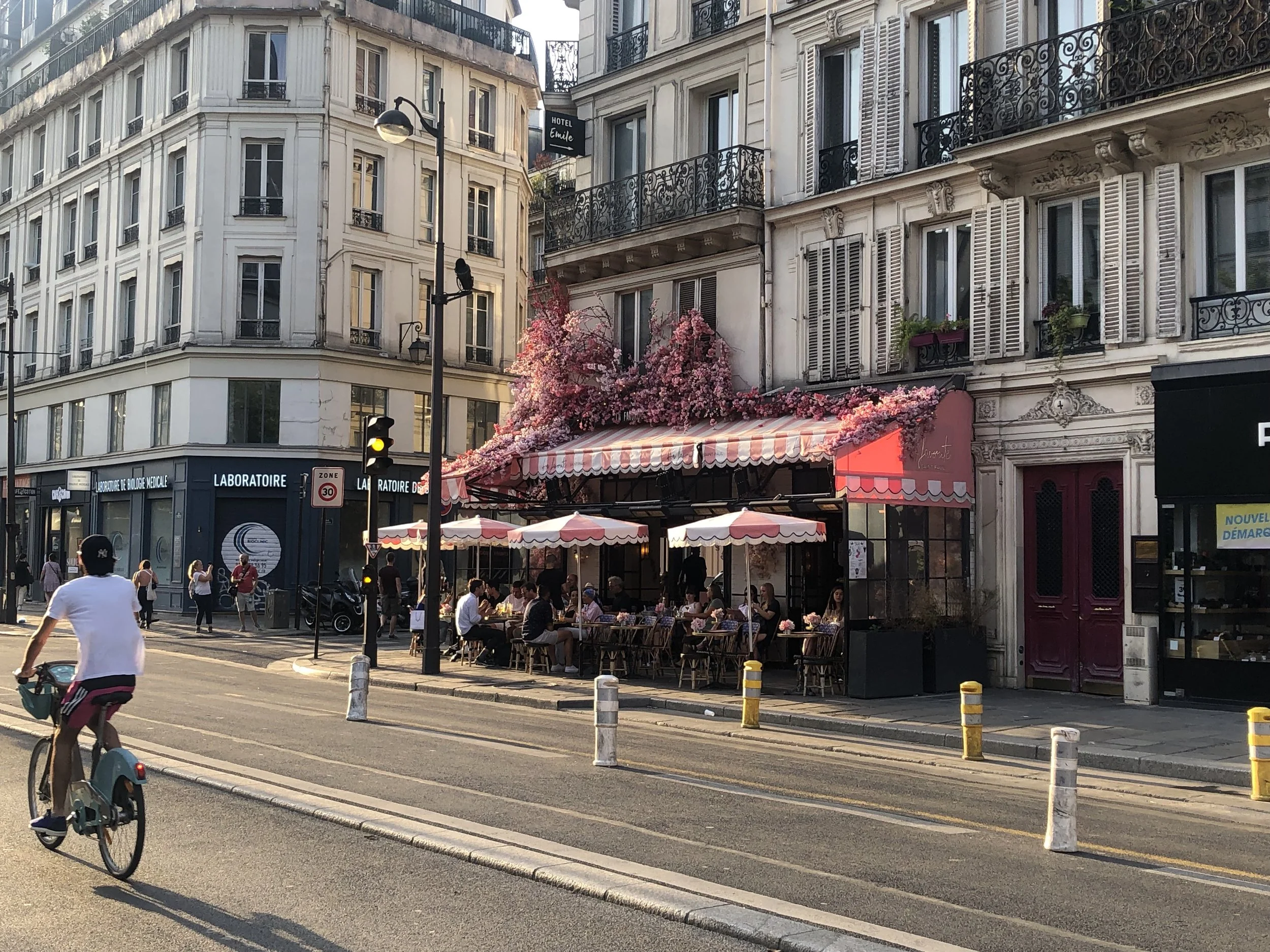Paris: The City That Works
Salut! Ace here.
It has been a minute since I’ve written a blog post, but I have returned both in prose and in person from a trip to Europe with a lot of insightful information: on urban design, architecture, and—of course—culture. This is part one of four reflections on four cities I visited while in Europe, this first post focused on what I learned while visiting Paris - the city that works.
La Tour Eiffel. Best enjoyed from afar.
Et voilà!
Now when I say “works,” I don’t mean in the American sense of labor (because who wants to work as many hours as we do), but “works” as in functions in a way that has Americans inspired and desiring a vacation there. Given that it was my first trip to the French capital, I made it my mission to explore as much of the city as possible and get a good sense as to why this is the case. What is it about Paris—the city of lights—that wins us over? Well, what I learned is that in many ways Paris has what so many cities in the US are lacking, things that any basic city should have to properly “work” for those that live there. And what exactly are those things?
Here are five things I picked up in Paris that I believe make it a city that truly works.
1. Buildings that aren’t “special” are still effective
Looking at the photo to the right, you are looking at five buildings lined up next to each other that for the most part look effectively the same. However, what makes them unique and engaging as opposed to a lot of our newer apartment and mixed use buildings in American cities comes down to a few things.
One of these things is that the buildings there truly hug the street. This defines the public space and makes it clear where people are supposed to be. This is further encouraged by all the shop openings that line streets and invite your gaze in to see what they’re selling, and in turn, for people to look out and see the streets full of people shopping or on their way to their next location.
The alignment of height (the famous Paris six floors) also establishes this solid background that is both large enough to feel like you are not in a small town, but not too high so as to alienate a single person going by. This provides plenty of space for the city’s inhabitants - truly while in the city I never believed that over 2 million people live there; it never felt crowded anywhere. This also allows for places like museums or other special buildings to truly stand out in the crowd.
Structures in Paris do have details, but are done so in a repeating fashion. What this does is make the building easy for your eye to understand what exactly it is and what is happening in the overall design. And in many ways, the non-descript aspects of the building allow for decorations, signage, even things as simple as shades and plants to take over and take what appears to be simple and make it extraordinary.
2. A good metro system that makes anything feel
within reach
Let me start by saying that the Parisian transit system is now arguably my favorite of all that I’ve personally used, and this comes down to a few reasons.
First, the system is EXTENSIVE. It uses a combination of heavy rail (RER) for commuters, subway (metro) for fast movement between arrondissements, trams to cover longer distances in the suburbs of the city, and buses that cover and connect all of these. This means that you truly can get anywhere in the area without needing a car; which as a fan of the French Open, meant I could take transit to see Roland Garros, walk through the Bois de Boulogne, and then catch another line back to my hostel in Le Marais.
Second, the metro system is frequent. You will never be waiting more than six minutes for the next train to arrive, which means that missed appointments and late arrivals are few and far between. There is no rushing to catch a train, and people take their time to leisurely (and relatively politely) make their way to their desired destination. For me, it made my journeys to the best boulangeries in the city much easier and allowed me to cover so much ground in such a short amount of time.
The Bois de Boulogne. An extensive and easily accessible park in Paris.
Yes, the bakeries are just as amazing as you’ve been told.
Jardin Pierre Teilhard de Chardin, the park you see between the metro and my hostel beyond
3. Proximity to parks is important
The closest park to me was less than a block away from where I was staying, and each time I walked by to the metro or the supermarché (just one block further!) I would see someone using it—a dog walker, two citizens chatting, or someone just taking a seat under a tree for a minute. Paris is a city that knows the importance of trees and having such easy access to greenery really changes the way one feels about their day. Personally, it served as a great way to reset the day: a mini-detour through the mini-park and walk by the trees and bushes.
Most parks in the city are also open 24 hours every day—and though every now and then that means a group of drunk Parisians playing music at midnight in the park, the benefits significantly outweigh the drawbacks.
Parc Monceau, a park that is right across the street from a metro stop
Take a seat
4. A seat can be a invitation to take part
Now, there is absolutely nothing in the world like Paris’ cafe culture. The city has rows upon rows of ornate rattan chairs that, through their colors and patterns, define which cafe or brasserie you happen to be at. While in Paris I became *fascinated* with searching and looking for as many different kinds as I could find, the chairs also being a great way to engage the greater public and street life; to invite people to come take a seat and be a part of what is happening. This is a cultural touchstone that in my mind defines Paris in a way few other physical things can, and it’s something that a lot of cities can easily do!
The street cafes that we have seen pop up in places like NYC and Seattle get into this well, but truly it’s about expanding sidewalks and creating more indoor/outdoor spaces into our buildings.
Plenty of space for a sidewalk, trees, a two-way cycle path, AND two lanes for cars
5. You can fit a lot of people (and cars) into a city if you provide plenty of space for them
Yes, there are still quite a bit of cars in Paris. I find this important to highlight because for all the amazing things that make Paris a very livable city, cars do still exist. That said, they do not dominate space in the same way cars do in the US. Paris has taken steps recently in not just removing some streets from car usage, but in making it easier for residents to choose bicycling instead as well. The slower speed limits in the city also mean that as a pedestrian it feels relatively safe to cross at any point along a street, which makes even the narrowest ways feel like they have plenty of space for everyone.
A cycle track, car lanes, and plenty of space for a sidewalk cafe. Paris.
There are many things that are unique to Paris, however a lot of the things that people love about the city are truly things any city can have when it is designed for them. Paris is a place for people because it’s designed with people in mind and your city can be, too.
